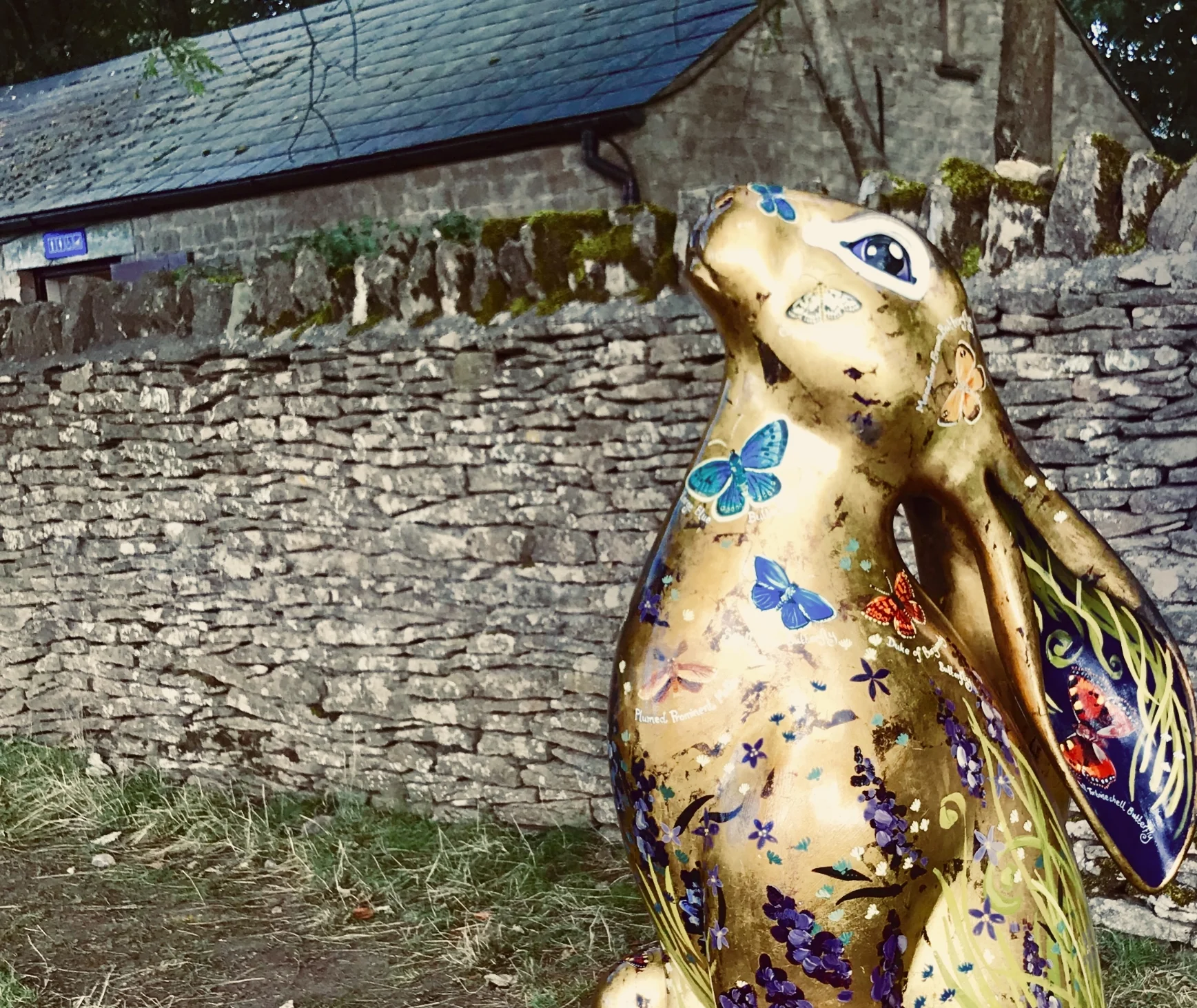There is a history of hares being linked to the moon which is almost universal (you'll find stories of Hares and moons in Japan and China, Mexico and through Europe) and goes back to ancient times. Whether or not hares really gaze at the Moon is not really clear, but it certainly follows the moons evening progress, as an animal who is usually most active in twilight hours and certainly, we have long been fascinated by the hare - Britain's fastest land mammal, surrounded by myth and infamous for their 'mad' March courtship rituals.
The Myth of the Moon Gazing Hare reflects ancient beliefs. Pagans believed that seeing a moon gazing hare would bring growth, re-birth, and abundance, new beginnings and good fortune.
In pre-Christian times the Hare was considered a sacred animal, entwined with the earth or white Goddess who was the provider of all things.
Queen Boudicca is said to have prayed to a hare Goddess before going into battle with the Romans. the Saxons who colonised Britain worshipped a Hare goddess.
It is suggested that the Hare is symbolic of our relationship with the land and could be identified with our need to temper our use of the natural environment.












